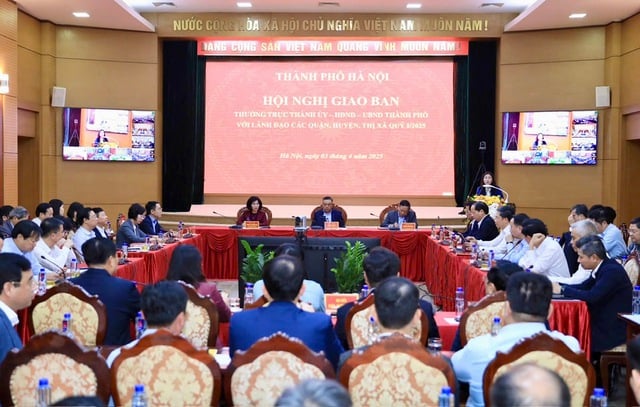
Hanoi City's draft proposes two cases where administrative unit arrangement is not mandatory - Photo: VGP/GH
On the afternoon of April 3, at the meeting of the Standing Committee of the Hanoi Party Committee - People's Council - People's Committee with leaders of districts, towns and cities in the first quarter of 2025, Director of the Department of Home Affairs Tran Dinh Canh reported on the implementation of Conclusion No. 127-KL/TW dated February 28, 2025 of the Politburo and the Secretariat on studying and continuing to reorganize the apparatus of the political system; Conclusion No. 128-KL/TW dated March 7, 2025 of the Politburo on personnel work policy.
Regarding the draft Plan for arranging commune-level administrative units in the area, the draft was developed by the Department of Home Affairs, based on the directive documents of the Politburo, the Secretariat and implementing the direction of the Standing Committee of the Hanoi Party Committee and the Hanoi People's Committee.
Director of the City Department of Home Affairs Tran Dinh Canh said that Hanoi will have about 50% of commune-level administrative units after the arrangement and merger.
The Draft Plan clearly states the general principles and some specific principles for arranging commune-level administrative units in Hanoi to ensure the implementation of the Central Government's directives in accordance with the capital's reality and bring about the highest efficiency.
In the immediate future, the organizational structure and staffing must be arranged appropriately, not exceeding the old total staffing and having a roadmap for gradual reduction within 5 years.
The commune-level administrative units are arranged in adjacent locations in line with development orientation requirements to support each other and promote economic development. The process of arrangement and streamlining must ensure regular and continuous operations of agencies and organizations, without interruption, and without affecting the operations of the Party, State, people and businesses.
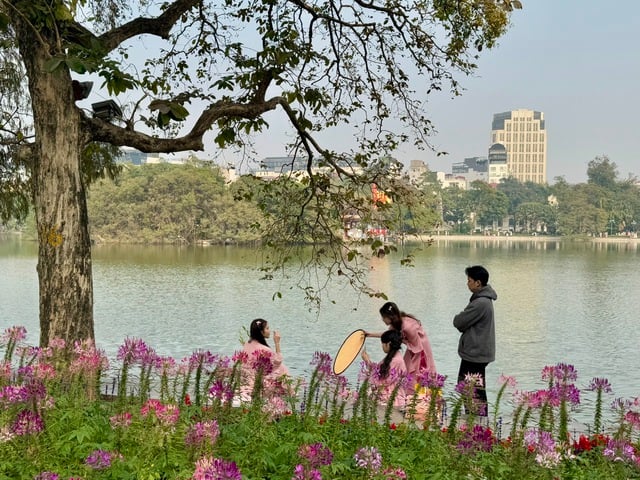
Draft of Hanoi City proposes 2 ways to name and rename communes and wards after the arrangement - Photo: VGP/GH
Two cases where administrative unit arrangement is not required
According to this draft, the following cases are not required to reorganize administrative units: Administrative units with isolated locations and difficult to organize convenient traffic connections with adjacent administrative units; Administrative units with especially important locations, if reorganizing will affect national defense and security.
Hanoi has added some specific principles for special urban areas such as Hanoi Capital: The city will choose 5 dynamic areas and 5 development axes to ensure long-term sustainability.
Regarding the boundaries of basic administrative units, determine to follow the main traffic routes, natural boundaries (such as rivers, watersheds, water gathering roads, etc.), and geographical features according to technical infrastructure planning. Administrative units are located separately from other administrative units (with the entire administrative unit boundary passing through mountains, rivers, streams, lakes and it is difficult to organize convenient traffic to connect with adjacent administrative units), such as: Minh Chau commune, Ba Vi district.
Regarding current and future development, reorganize grassroots administrative units based on general principles but at the same time take into account future planning factors when implementing the planning, it is necessary to specify the planning right at the current stage (calculating both the present and the future), taking into account the trend according to the development orientation planning: Two urban areas directly under the Capital (Northern urban area and Western urban area), orientation for development of tourist areas, industrial areas, room for development of each region, each locality...
Besides, ensuring the functions of each locality such as the Ba Dinh administrative unit as the national political and administrative center of the whole country, the Hoan Kiem administrative unit must preserve and promote the cultural values of the 36 ancient streets of the ancient Thang Long citadel.
Hanoi also proposed a plan to ensure the preservation of the characteristics, peculiarities and identities of localities, especially typical cultural regions (Thang Long cultural region, Xu Doai cultural region, Kinh Bac cultural region, Son Nam Thuong cultural region, etc.).
Propose 2 ways to name and rename communes and wards after the arrangement
Regarding naming and renaming of communes and wards formed after the arrangement, the draft plan proposes two ways.
Naming according to the direction of the Politburo, the Secretariat, and the National Assembly Standing Committee. The names of newly formed communes and wards after the rearrangement must be easy to identify, concise, easy to read, easy to remember, ensuring systematicity and science; it is encouraged to name communes and wards in sequential numbers or according to the name of the district-level administrative unit (before the rearrangement) with sequential numbers attached to facilitate the digitization and updating of information data, for example: Thanh Xuan 1, Thanh Xuan 2, Dan Phuong 1, Dan Phuong 2...
Choose a typical administrative unit to name, adjacent administrative units are named after other typical historical, cultural, and revolutionary places to avoid duplication.
For example: Hoan Kiem (one unit is named Hoan Kiem); Dong Da (one unit is named Dong Da; one unit is named Kim Lien, one unit is named Van Mieu - Quoc Tu Giam).
The Draft Plan also outlines the principles for determining administrative centers. Accordingly, the city will select the administrative center of one of the current commune-level administrative units as the administrative center of the new grassroots administrative unit.
The administrative center of the new grassroots administrative unit has a favorable geographical location, synchronous economic and social infrastructure, especially a developed transportation system, easily connecting with other administrative units in the city, connecting the headquarters of the administrative unit and the residential community in that administrative unit.
The administrative center of the new grassroots administrative unit needs to have space for future development; be consistent with the socio-economic development orientation of the new administrative unit, ensuring national defense and security.
Regarding the expected number of commune-level administrative units, the total expected number of commune and ward administrative units after the rearrangement will decrease by about 50% compared to the total number of commune-level administrative units before the rearrangement.
In the coming time, based on the proposed report of the Party Committee of the City People's Committee, the Standing Committee of the City Party Committee, the Standing Committee of the City Party Committee will unify the policy on viewpoints, goals, requirements, criteria and expected number of commune-level administrative units to be rearranged; direct the implementation of the process of collecting opinions from leaders of departments, branches, sectors; districts, towns and cities on the expected plan to rearrange commune-level administrative units.
Hanoi City will organize to collect public opinions according to the provisions of law; at the same time, carry out the prescribed procedures before submitting to the Government the draft Plan to arrange commune-level administrative units in the area.
Gia Huy
Source: https://baochinhphu.vn/ha-noi-se-con-khoang-50-don-vi-hanh-chinh-cap-xa-103250403163529271.htm








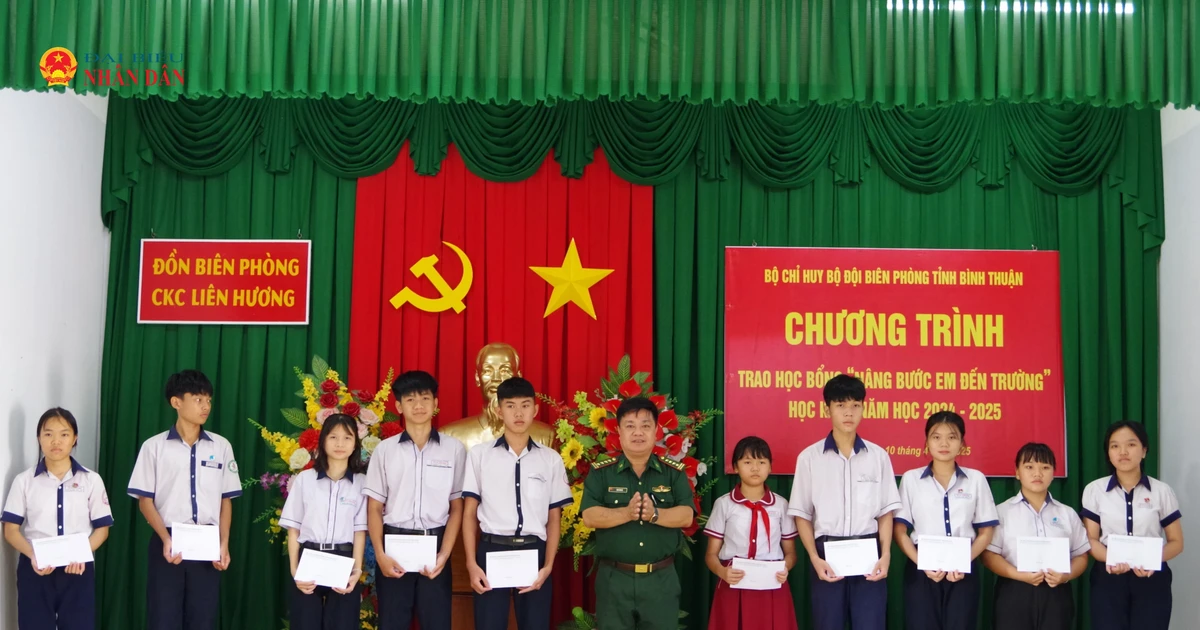

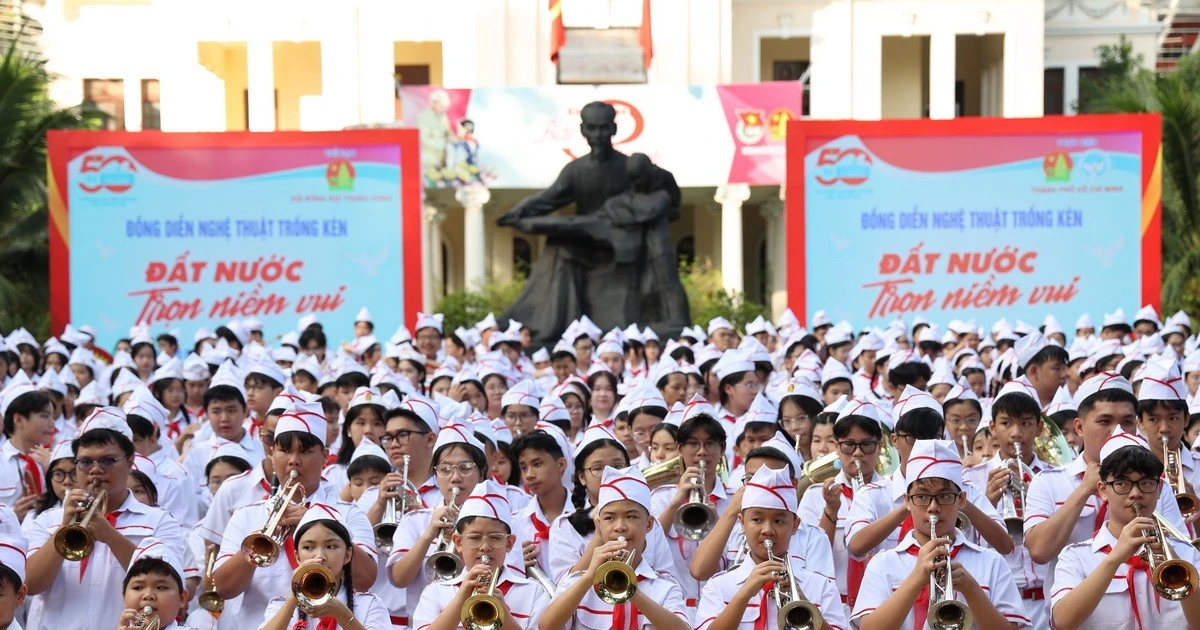
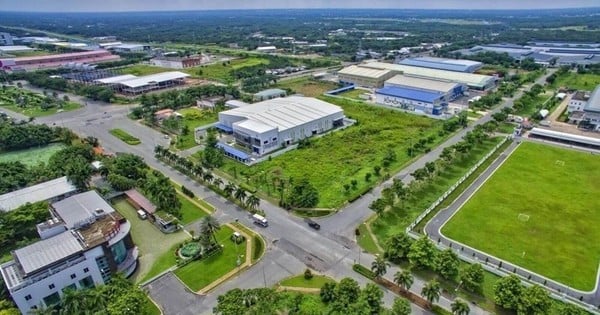







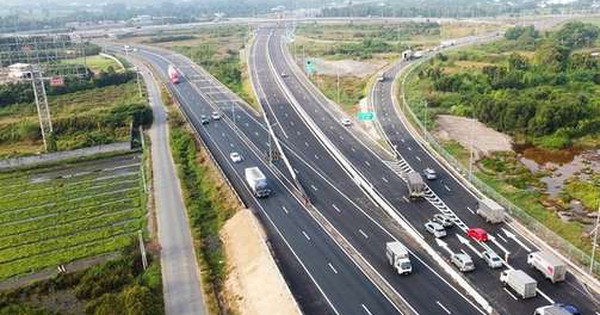
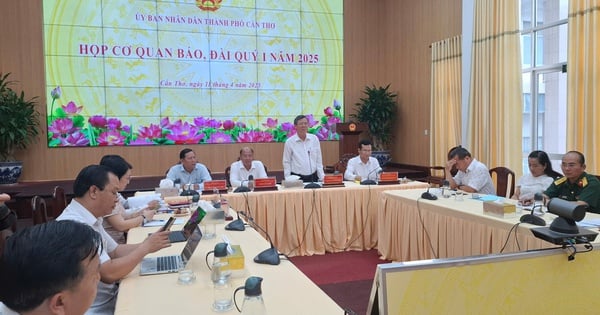
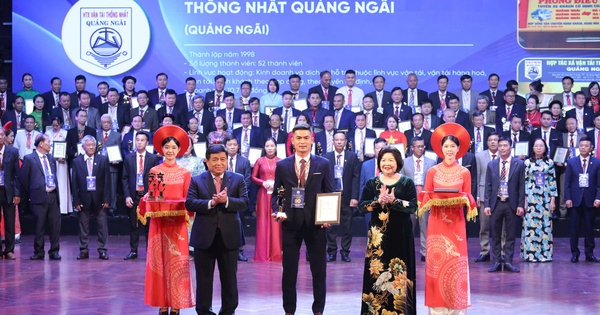
![[Photo] "Beauties" participate in the parade rehearsal at Bien Hoa airport](https://vstatic.vietnam.vn/vietnam/resource/IMAGE/2025/4/11/155502af3384431e918de0e2e585d13a)




















































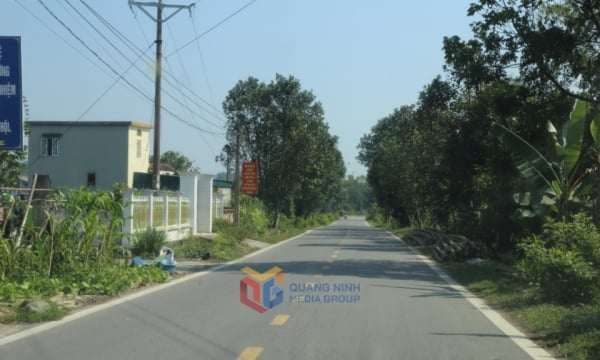














Comment (0)